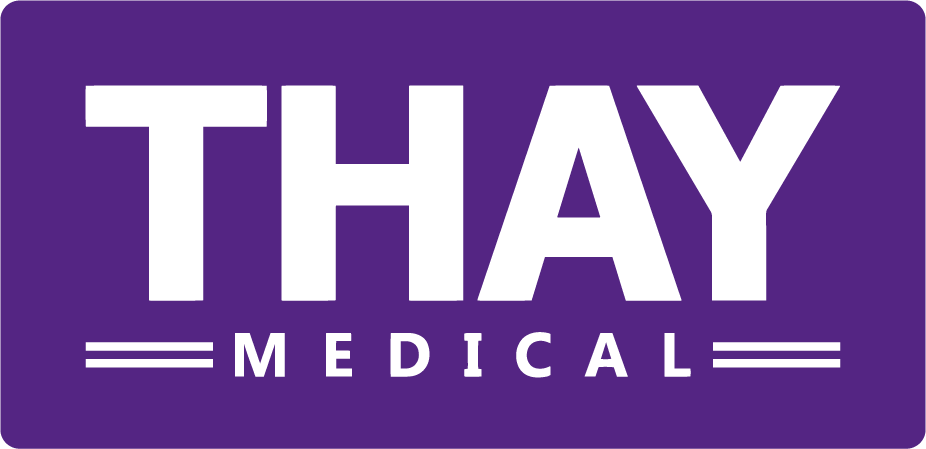Competitive Comparison Study
 Recently THAY Medical performed a competitive comparison human factors study. What is this you may say? Actually, it is quite self-explanatory.The words tell you it is about comparing something against another, and it is competitive in nature, meaning that the products being compared are similar, and finally that you are evaluating the human factors elements (safety, ergonomics, biomechanics etc.) of each product in the evaluation.It is most frequently performed as part of user research or market research, and then also in the conception phase of product development. The great thing about this type of testing is that it can do two thing. One is to generate data that can enable a decision to be made and secondly to show that a product development is following the intended pathway. An example would be when wanting to compare a current product against a new design (iteration) of the same product. Assuming the two or more products are similar, and the human factors elements, to some extent may or may not be known, data would be generated to either prove substantial equivalence or that the new design is hopefully better than the current (original) product.So how does this relate to medical device development? Simply, this type of testing focuses on use safety. Comparing the safety profile of two or more devices. The data generated can be compared statistically or subjectively to determine whether one of the devices is safer to use than another. Examples of when this type of testing could be used are –
Recently THAY Medical performed a competitive comparison human factors study. What is this you may say? Actually, it is quite self-explanatory.The words tell you it is about comparing something against another, and it is competitive in nature, meaning that the products being compared are similar, and finally that you are evaluating the human factors elements (safety, ergonomics, biomechanics etc.) of each product in the evaluation.It is most frequently performed as part of user research or market research, and then also in the conception phase of product development. The great thing about this type of testing is that it can do two thing. One is to generate data that can enable a decision to be made and secondly to show that a product development is following the intended pathway. An example would be when wanting to compare a current product against a new design (iteration) of the same product. Assuming the two or more products are similar, and the human factors elements, to some extent may or may not be known, data would be generated to either prove substantial equivalence or that the new design is hopefully better than the current (original) product.So how does this relate to medical device development? Simply, this type of testing focuses on use safety. Comparing the safety profile of two or more devices. The data generated can be compared statistically or subjectively to determine whether one of the devices is safer to use than another. Examples of when this type of testing could be used are –
- When two of more design concepts have been generated and to continue the product development, only one design is required to become “final”.
- When determining that a new design is safer than its predecessor or a current, similar device.
- When wanting to research competitive devices against your own current or future devices and determine safety profiles.
With all of these potential reasons why you may wish to perform competitive comparison human factors testing, the key thing to remember is that they are all a combination of single device human factors/usability tests put together, being evaluated by the same study participants. Here at THAY Medical, we often get involved in these types of studies since we find medical device manufacturers and pharmaceutical organisations more and more like to want data to base a decision upon. And it is difficult to argue with data. Especially if it is of high quality and based upon solid methods that are logical and best practice.THAY Medical apply the same rigour as we would in a formative or summative human factors/usability study, and the test methods are the same. This approach of generating data to base a design/development/marketing decision upon we see is becoming more common. It enables data to determine a more effective decision.If you have any questions on competitive comparison human factors testing, please do not hesitate to contactTHAY Medical. We would love to hear from you.The staff at THAY Medical

